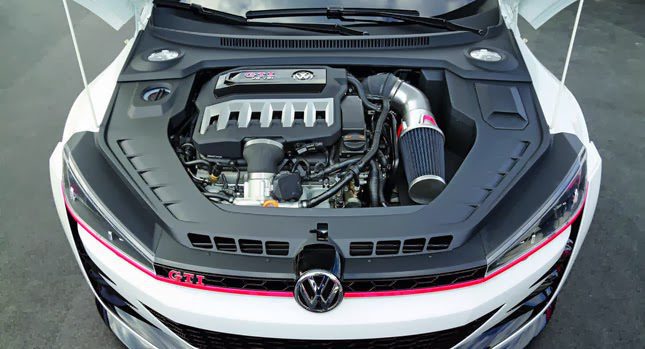Where to Locate the most effective Opel Corsa Engine for Substitute
Where to Locate the most effective Opel Corsa Engine for Substitute
Blog Article
Checking Out the Inner Operation of a Compact Car's Engine System
As motorists, we often take for given the detailed procedures that happen within the boundaries of our car's engine system. In this exploration of a compact car's engine system, we will untangle the internal operations of this mechanical symphony, dropping light on the secrets that drive us forward on our day-to-day journeys.
Burning Refine Review
The combustion procedure in a compact automobile's engine system is an essential device that effectively converts gas into energy to power the car. This process occurs within the burning chamber of the engine, where gas and air mix, spark, and generate controlled explosions. The combustion procedure is composed of 4 primary phases: intake, power, compression, and exhaust.
Throughout the intake stage, the piston relocates downward, attracting a combination of air and gas into the burning chamber. The next stage, compression, includes the piston moving upwards, pressing the air-fuel mix to raise its potency. Consequently, in the power stage, the spark plug fires up the compressed blend, resulting in a quick development of gases that forces the piston back down. This down motion creates the power required to drive the car. Lastly, in the exhaust phase, the scorched gases are removed from the combustion chamber via the exhaust shutoff, preparing the chamber for the next cycle. This cyclic combustion procedure is fundamental to the procedure of a compact car's engine system, ensuring effective energy conversion for propulsion.
Piston and Cyndrical Tube Interaction

The piston's precise fit within the cyndrical tube is essential for keeping ideal compression and stopping energy loss during burning. Tight clearances in between the piston and cyndrical tube walls guarantee efficient sealing, permitting the piston to move efficiently without permitting gases to leakage past. Proper lubrication is likewise essential to lower rubbing and wear between these elements, enhancing durability and performance.
Furthermore, the design and products utilized in making the piston and cylinder effect engine efficiency and durability. Modern engines frequently utilize light-weight yet long lasting materials like aluminum alloys for recommended you read pistons and cyndrical tube linings to lower inertia and enhance thermal performance. Generally, the unified communication between the piston and cylinder is basic to the engine's capability and general performance.
Gas Shot System Functionality
Fuel shot systems in small lorry engines play an essential role in precisely providing fuel to the combustion chamber for controlled and efficient ignition. The fuel injection system works by infusing fuel into the burning chamber at the ideal minute throughout the engine's operation (opel corsa engine). This precise timing guarantees that the fuel blends equally with the air for correct burning, resulting in enhanced gas performance and lowered emissions
There are largely 2 sorts of fuel injection systems utilized in small automobile engines: port fuel injection (PFI) and direct fuel injection (DFI) PFI systems inject gas into the consumption port before the consumption valve, while DFI systems inject gas directly right into the combustion chamber. Both systems have their benefits, with DFI using much better gas atomization and PFI giving Go Here an extra cost-effective solution.
Recognizing Engine Cooling Systems
Effective operation of a compact lorry's engine counts heavily on the efficiency of its cooling systems. The cooling system in a compact vehicle typically is composed of a number of parts working together to manage the engine temperature. Recognizing these engine air conditioning devices is vital for keeping the efficiency and durability of a small vehicle's engine system.

Exhaust System Elements Explained
The optimal performance of a compact automobile's engine air conditioning systems depends upon a complementary system referred to as the exhaust system, which consists of numerous essential parts for making certain reliable discharges and engine efficiency. The exhaust system consists of parts such as the exhaust manifold, catalytic converter, muffler, and tailpipe. The exhaust manifold accumulates exhaust gases from the engine's cylinders and courses them to the catalytic converter. The catalytic converter then converts unsafe contaminants in the exhaust right into less hazardous emissions prior to releasing them check that via the muffler and tailpipe.
One critical element of the exhaust system is the oxygen sensor, which keeps track of the oxygen degrees in the exhaust gases to assist regulate gas intake and make certain optimal engine efficiency. opel corsa engine. In addition, the resonator might exist in some exhaust systems to decrease noise degrees. Generally, the exhaust system plays a vital function in keeping engine performance, reducing unsafe discharges, and guaranteeing a quieter driving experience for compact lorry proprietors

Conclusion
Finally, the small automobile's engine system is a complex mix of parts that function with each other to help with the combustion process, transform gas into energy, and expel waste gases. Recognizing the internal workings of the engine system, including the piston and cylinder interaction, fuel injection system, engine air conditioning systems, and exhaust system elements, is essential for keeping ideal efficiency and efficiency of the automobile.
The combustion procedure in a small automobile's engine system is a critical system that successfully converts fuel right into power to power the car.Fuel injection systems in small lorry engines play a crucial duty in precisely delivering gas to the combustion chamber for reliable and controlled ignition.There are primarily 2 kinds of gas injection systems used in portable vehicle engines: port gas injection (PFI) and direct fuel shot (DFI) Understanding these engine air conditioning devices is essential for preserving the efficiency and durability of a small lorry's engine system.
The optimum functioning of a small car's engine air conditioning devices depends on a complementary system understood as the exhaust system, which consists of various necessary parts for making certain effective discharges and engine performance.
Report this page